MAZCUERRAS

Mazcuerras
Capital of the municipality of the same name, Mazcuerras is located in the western area of the same.
The town is also known as Luzmela, name that it acquires for being the scene of the novel "La Niña Luzmela", one of the most popular works of the writer Thorn Shell, who lived in this town.
Direction: Mazcuerras
UCIEDA
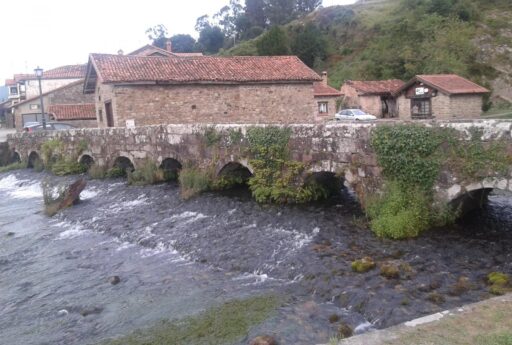
Ucieda
Here is celebrated the first Sunday of September the traditional Mountain Stew Festival, declared of Tourist Interest.
Path of Rozas or Route of the Bridges
It starts at the Casa del Monte in the Ucieda field. It is a circular route in which we enter a series of successive copses and brañas, in one of which we will run into the Jou de la Collá cabin, old hut temporarily occupied by shepherds looking after the flocks. Following between brañas and forests, we reach the remains of Town of Rozas, where the vestiges remain, almost swallowed by the forest, of houses and walls delimiting farms and orchards.
Direction: Ucieda
RUENTE
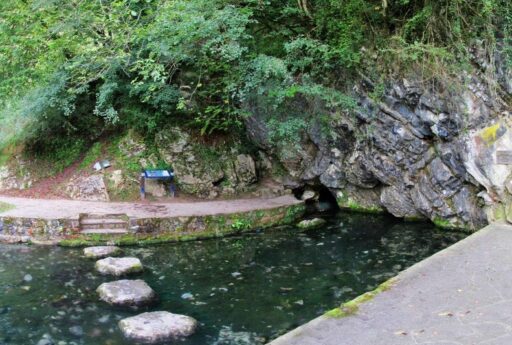
Ruente
Ruente means “source”, that's where its name comes from, and next to her, crossed by a medieval bridge that facilitated transit on the Camino Real, has forged its history.
Listed as a Point of Geological Interest, the fountain de Ruente is a natural source of water that springs up at the foot of a limestone rock wall south of the town of Ruente. The remarkable thing about this font is that it is not such a font, but the source of a river.
La Fuentona is well known for the rarity of its cavity and for the phenomenon of intermittence. The regular flowing spring, suddenly stops flowing for anywhere from a few minutes to several hours, re-emerging its waters with the same previous flow. This temporary desiccation is described as of "remote antiquity" and that from the 20th century has allowed documenting some 12 stops. As a result of the strange behavior of the flow, countless legends and myths have arisen. The legend of the Anjana de la Fuentona is born from the mystery that surrounds the flow of this great "intermittent fountain".
Direction: Ruente
LAMIÑA
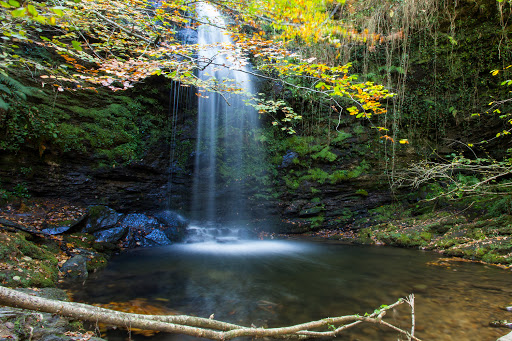
Route of the Lamiña waterfalls
It is one of the most popular nature trails in the Commonwealth. It can be started in the nucleus of Barcenillas or from Lamiña.
Ecologically, the landscape that is crossed presents typical characteristics of the Atlantic countryside. In addition to oak forests, beech and chestnut –more or less intermixed with other species- different repopulations of eucalyptus and pine trees appear. Alternating with mowing meadows and open areas of heather and gorse. The animal species that frequent these spaces are the roe deer, deer, wild pig, fox and genet. However, birds are the most easily observable group of species..

Ermite of San Fructoso – Sarcophagus S. 9th century
The building was built between the 16th and 17th centuries on the remains of the old Monastery of San Fructuoso. Its interior is not visited, but if some lucky man coincides open (can take advantage of 9 September which is his holiday), you will see that inside it houses a 9th century sarcophagus, a jewel of medieval Asturian pre-Romanesque art. It is preserved complete and its decoration highlights an Asturian-type cross, various swastikas inscribed in circles, rope cords and geometric and plant motifs.
Direction: Lamiña
MOUNT OF VALFRÍA
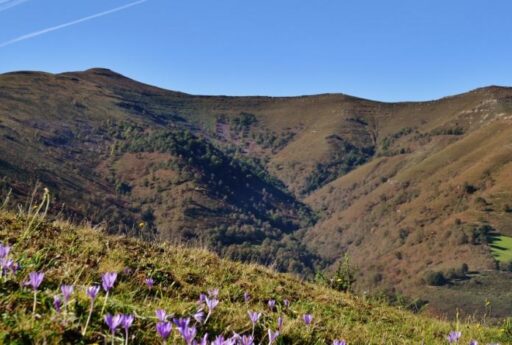
Mount of Valfría
It is the largest in the municipality of Cabuérniga. It occupies the entire slope of the left bank of the Saja from Cueto de la Cahorra to Zarceillo and the successive basins of the Valfría canals., Lobao, Leroba, Moscadoiro and Caborzal.
The highest quality autochthonous stains are concentrated in the South, being the Tocio (Quercus pyrenaica) the dominant species in the solanas and beech (Fagus Sylvatica) in the shadows.
The Canal de Valfría is home to a beautiful oak and beech forest, quite open at the top, where livestock use is more intense, near the winters of Tamaredo. Between the Canal de Lobao and Alto de Tamaredo extraordinary specimens of both species can also be seen.
LOS TOJOS
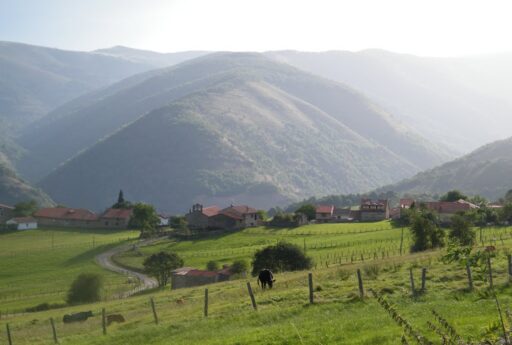
Fountain of Dujo
Close to the nucleus of Colsa we can find this fountain attributed to the Visigothic period and that still preserves its structure in the form of a chapel.
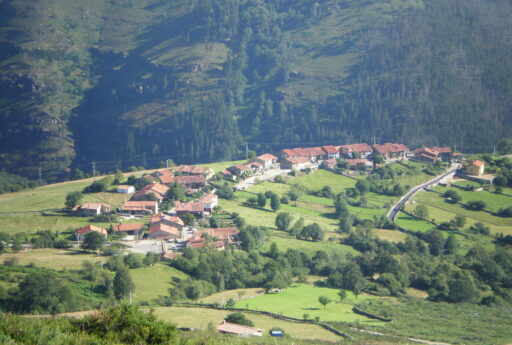
Peña Colsa viewpoint
Natural balcony with a spectacular panoramic view. a poster, next to the stone monolith, identifies us the important points in the landscape: the town of El Tojo, Sacred Rock, the Braña of the Frechilla, Pico Fonfría and Peña Colsa itself (685 metros). The mountain that remains at our feet is Mount Colsa, of great value since its isolation and tranquility make numerous animal species use it as breeding quarters or shelter. Also highlight Colsa Rock, where species such as the Griffon Vulture, they use their ledges as perches and roosts. So it is not strange to see these scavengers flying over the Peña.
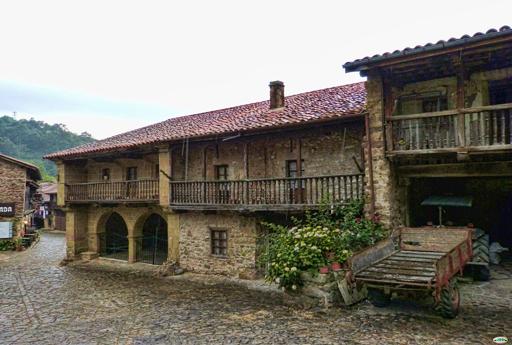
Bárcena Mayor
Historic Set – artistic since 1979, You must visit the church of Santa Maria, 17th century, the old rectory houses, the mountain mansions of popular invoice, with large sunrooms and arcades opened by ashlar masonry arches, or the rows of two-story houses, with soportal, solana and wooden enclosures, that constitute in essence the most represented image of the model of mountain settlement.
Direction: Bárcena Mayor